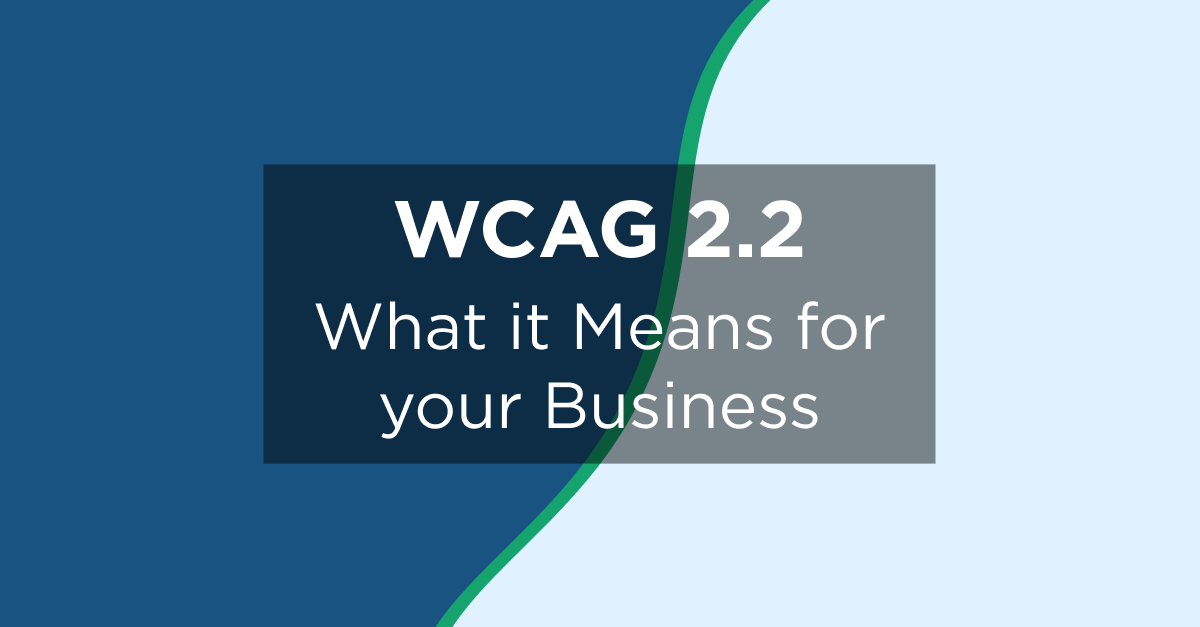If you operate a business in New York or Florida, you might have noticed an alarming trend: there’s been a rise in website accessibility lawsuits against businesses. It could only be a matter of time until your business is hit with such a lawsuit. Perhaps you’ve already been served and need to know what your next steps are.
This blog post provides a guide of the steps you can take to manage your response.Read on to learn what you need to do to protect your company and your reputation.
Step 1: Engage Counsel
The most important thing to know about a website accessibility lawsuit is that it’s not going to go away. You can’t sweep it under the rug and forget about it. Someone wants to take you to court because he or she believes there’s an actionable case to be made. Your first step is to involve your in-house counsel or hire a lawyer who’s familiar with this area of law.
In addition, you should start to look for an accessibility consultant to give input and support. Engaging subject matter experts will help demonstrate that you’re taking the complaint seriously and that you genuinely want to make your website more accessible to users.
Step 2: Create a Remediation Plan
After you’ve hired the accessibility consultant, the next step is drafting a plan to ensure that your website is conforming with the Web Content Accessibility Guidelines (WCAG) which is the universal standard for web accessibility. You establish a reasonable timeframe and communicate your efforts on your website through a Web Accessibility statement.
Why should developing a remediation plan be one of the first things you do? As ADA legal expert Richard Hunt points out, the sooner you start remediating, the better. It will put you in a better negotiable position when your team starts to talk to the party suing.
Step 3: Look to the Courts for Guidance
Previous cases, similar to yours, could provide the insight into the best direction you and your team should take. Ultimately, your legal counsel will know best which direction to steer you, but having knowledge of other cases results can be beneficial for your circumstances.
Judge Darrin Gayles, the United States district judge for the for the southern Florida district, has developed a method of dealing with website accessibility cases that come before him: he gives defendants a two-week stay, during which they can decide to fight the lawsuit or fix the problem. If the defendant admits that the company’s website isn’t accessible and submits a remediation plan that will be implemented in a timely manner, Judge Gayles has in the past, closed cases using this approach. (pending the completion of the remediation).
Other courts such as the Central District of California offers an alternative dispute resolution program in which defendants can participate. Alternative dispute resolution involves working with an unbiased mediator to reach a conclusion that is mutually beneficial to both parties (and saves defendants and plaintiffs legal costs).
Step 4: Carry Out the Remediation as Quickly as Possible
Whichever direction your legal counsel decides to lead your company to remedy your website as quickly as possible is the best course of action. What do you gain from it?
For a start, it makes good business sense both socially and commercially. It’s important that you ensure customers of all abilities can access,use and benefit from your online offers, products, services and content. The benefits of ensuring disabled users can use a website or app can have a waterfall effect to your overall users; potentially improving your SEO and bottom line.
Is Your Website ADA Compliant?
If you operate your business in Florida or New York, you’re at higher risk for a lawsuit alleging your website is inaccessible than companies in other parts of the US.
UsableNet’s AQA allows you to test out your website’s accessibility for free. You’ll receive a no-cost report that details conformance issues, fixing descriptions, and code errors.
Still have questions around website accessibility or where to begin? Download our free Web and App Accessibility: Your Roadmap to Web Accessibility Compliance e-Book for best practices and actionable checklists for each team in your organization responsible for accessibility.

![4 Steps To Take in NY or FL Re: Your Website Accessibility Lawsuit [Blog]](https://blog.usablenet.com/hubfs/website_accessibility_lawsuit.jpg)




![Web Accessibility Statement: How to Write One [With Examples]](https://blog.usablenet.com/hubfs/188b2e520d5ec29abbb2f6.webp)

